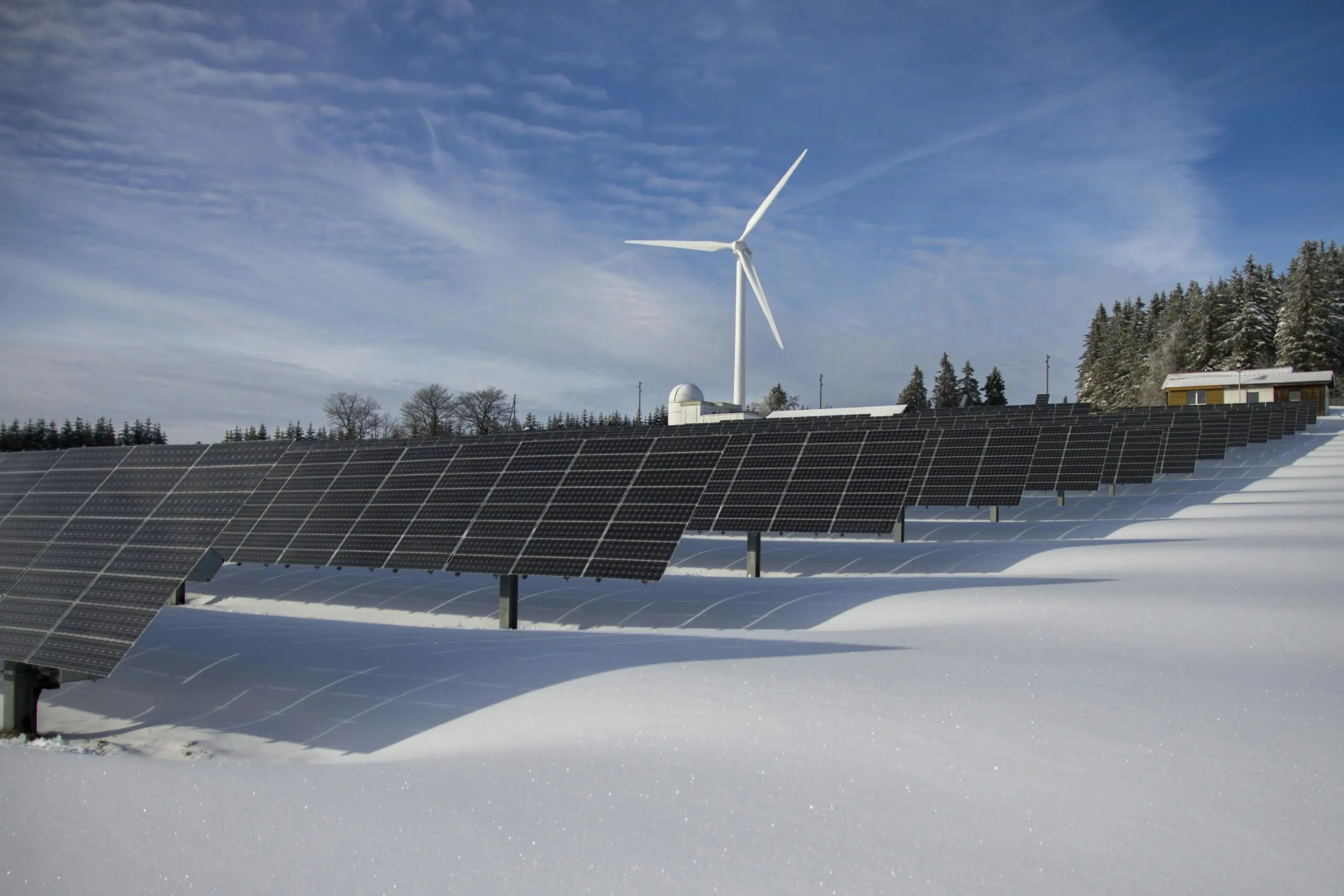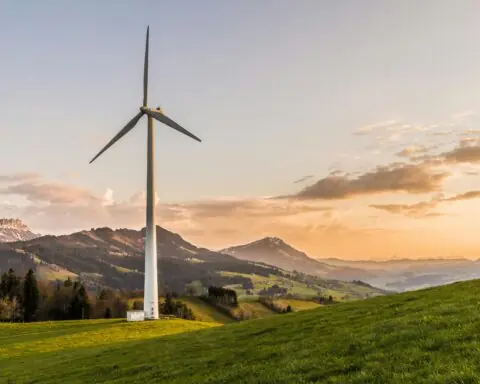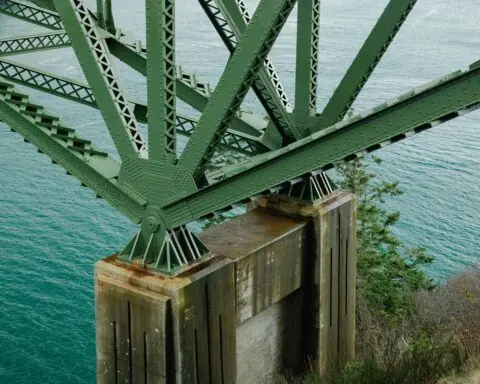The Minnesota Public Utilities Commission (PUC) has issued several major decisions about how the state will transition to carbon-free energy. These decisions are meant to guide electric utility companies as they work to comply with Minnesota’s Carbon-Free Standard, which became law in 2023.
Under the Carbon-Free Standard, utilities must hit 80% carbon-free energy by 2030, then ramp up to 90% by 2035 and 100% by 2040. Smaller municipal and cooperative utilities are subject to a reduced target of 60% carbon-free energy by 2030, considering the providers’ differing place in the clean energy transition.
The commission addressed critical energy transition issues including utility preparedness, compliance metrics, the future of Renewable Energy Credits and strategies to expedite carbon-free energy projects.
The decisions break down into two main areas: getting ready to meet the 2030 carbon-free goals and dealing with recent changes in federal policy that could make things more expensive or complicated.
Starting in 2026, utilities must submit more detailed annual Renewable Energy Objective Reports to ensure accountability toward 2030 targets. The expanded reports will require companies to project their carbon-free energy needs, outline acquisition strategies and specify their planned resource mix for meeting compliance standards.
Recent federal policy changes are also creating immediate pressure for utility companies and their contractors. Federal wind and solar investment tax credits will expire at the end of 2027, squeezing the timeline for projects that were originally expected to stretch into the 2030s.
As a result, utilities that must file resource plans will now need to submit plans showing how they will expedite construction on carbon-free energy projects so they can qualify for federal tax credits before they disappear under the 2025 Budget Reconciliation Law.
These plans will also lay out how companies will work to avoid cost increases from other changes in federal policy, as well as suggest things the commission or other state agencies could do to help keep costs down.
The commission said it will continue to monitor progress and adapt regulatory frameworks as needed while working with stakeholders to ensure the energy transition remains affordable and reliable for Minnesota customers.
Photo by Pixabay













